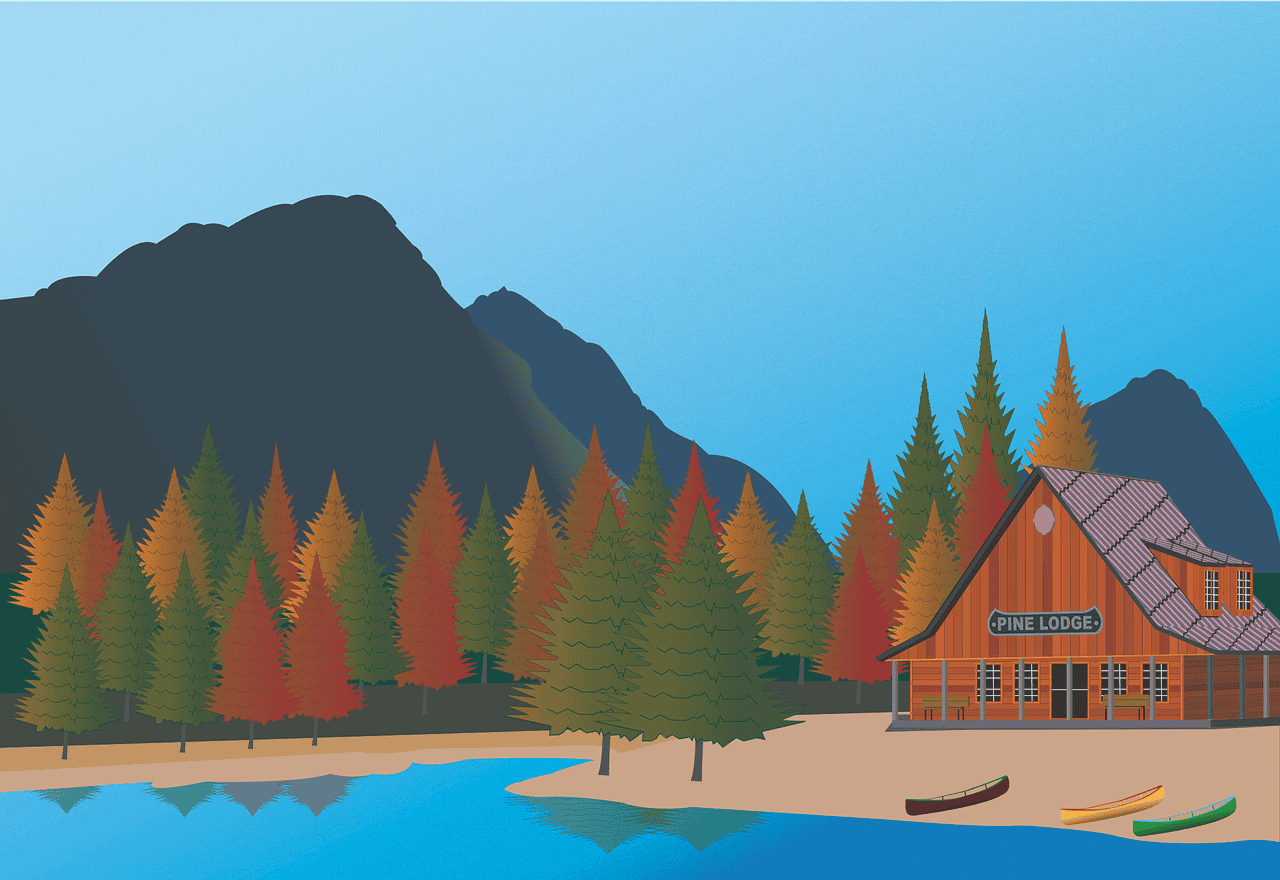Was bedeutet nachhaltige Forstwirtschaft eigentlich?
Nachhaltige Forstwirtschaft ist mehr als nur Bäume pflanzen und fällen. Laut der dritten Bundeswaldinventur bedeckt der Wald rund 32% der Landfläche Deutschlands, was die Bedeutung einer nachhaltigen Bewirtschaftung unterstreicht. Es geht darum, einen gesunden Mittelweg zwischen Nutzung und Schutz zu finden. Das Ziel? Ein Wald, der ökologisch wertvoll, ökonomisch rentabel und sozial nützlich ist – und das nicht nur heute, sondern auch für künftige Generationen.
Der Waldbau, als zentrales Element der nachhaltigen Forstwirtschaft, umfasst dabei alle Maßnahmen zur Begründung, Pflege und Verjüngung von Waldbeständen. Förster planen genau, welche Bäume gefällt werden und wo neue gepflanzt werden müssen. Dabei achten sie auf eine bunte Mischung verschiedener Baumarten und Altersklassen. So entsteht ein robuster Wald, der Stürmen, Schädlingen und dem Klimawandel besser trotzen kann.
Ein wichtiger Aspekt ist auch der Schutz der Artenvielfalt. In einem nachhaltig bewirtschafteten Wald findest du nicht nur Bäume, sondern auch viele Tiere, Pflanzen und Pilze. Totholz wird bewusst liegen gelassen, denn es bietet Lebensraum für unzählige Arten.
Die deutsche Forstwirtschaft auf dem Prüfstand
Deutschland gilt als Vorreiter in Sachen nachhaltiger Forstwirtschaft. Das Umweltbundesamt bestätigt, dass die Waldfläche in Deutschland seit Jahrzehnten zunimmt und die Wälder artenreicher und naturnäher werden. Trotzdem stehen unsere Wälder vor großen Herausforderungen. Der Klimawandel setzt ihnen zu, Stürme und Trockenperioden nehmen zu. Auch Schädlinge wie der Borkenkäfer machen den Bäumen das Leben schwer.
Ein wichtiger Schritt ist der Umbau von Monokulturen zu Mischwäldern. Statt nur auf eine Baumart zu setzen, werden verschiedene Arten gepflanzt. Das macht den Wald widerstandsfähiger. Auch naturnahe Bewirtschaftungsformen wie der Dauerwald gewinnen an Bedeutung. Hier werden einzelne Bäume entnommen, statt ganze Flächen kahl zu schlagen.
Nachhaltige Bewirtschaftung: Mehr als nur Holzproduktion
Nachhaltige Forstwirtschaft berücksichtigt verschiedene Funktionen des Waldes:
• Klimaschutz: Wälder als CO2-Speicher
• Wasserschutz: Filterung und Speicherung von Wasser
• Erholung: Wälder als Naherholungsgebiete
• Biodiversität: Lebensraum für vielfältige Arten
Um all diese Funktionen zu erhalten, setzen nachhaltige Forstwirte auf schonende Methoden. Schwere Maschinen kommen nur auf festen Rückegassen zum Einsatz, um den Waldboden zu schonen. Besonders wertvolle Bereiche wie Quellen oder alte Baumriesen werden geschützt.
Von der nachhaltigen Forstwirtschaft lernen
Die Prinzipien der nachhaltigen Forstwirtschaft lassen sich auch auf andere Bereiche übertragen. In der Landwirtschaft bedeutet Nachhaltigkeit zum Beispiel, den Boden zu schonen, Fruchtfolgen einzuhalten und auf chemische Düngemittel zu verzichten.
Ein Kernaspekt der nachhaltigen Forstwirtschaft ist die langfristige Planung. Die Schutzgemeinschaft Deutscher Wald betont, dass Förster in Zeiträumen von 100 bis 200 Jahren denken müssen. Diese Denkweise kann auch in anderen Wirtschaftsbereichen zu mehr Nachhaltigkeit führen.
Was können wir als Verbraucher tun? Achte beim Kauf von Holzprodukten auf Siegel wie FSC oder PEFC. Sie garantieren, dass das Holz aus nachhaltiger Forstwirtschaft stammt. Unterstütze lokale Initiativen zum Waldschutz oder pflanze selbst einen Baum. Jeder kleine Beitrag zählt!
Nachhaltige Forstwirtschaft im Regenwald: Eine globale Herausforderung
Während in Deutschland nachhaltige Forstwirtschaft schon lange praktiziert wird, stehen tropische Regenwälder vor ganz anderen Herausforderungen. Hier geht es oft nicht um nachhaltige Nutzung, sondern um den Schutz vor Abholzung.
Die Waldstrategie 2050 des Wissenschaftlichen Beirats für Waldpolitik betont die Bedeutung internationaler Zusammenarbeit zum Schutz der Tropenwälder als wichtigen Beitrag zum globalen Klimaschutz. Nachhaltige Forstwirtschaft im Regenwald bedeutet vor allem, Alternativen zur Rodung zu finden. Das kann die schonende Nutzung von Nicht-Holz-Produkten wie Früchten oder Harzen sein. Oder die Entwicklung von naturverträglichen Tourismus-Projekten, die den Wald als Ganzes in Wert setzen.
Fazit: Nachhaltige Forstwirtschaft für eine grüne Zukunft
Nachhaltige Forstwirtschaft ist der Schlüssel zu gesunden, vielfältigen Wäldern. Sie ermöglicht es uns, die wertvollen Ressourcen des Waldes zu nutzen, ohne ihn zu zerstören. In Zeiten des Klimawandels ist dieser Ansatz wichtiger denn je.
Jeder von uns kann einen Beitrag leisten: Ob durch bewussten Konsum, Unterstützung lokaler Forstprojekte oder einfach durch respektvollen Umgang mit dem Wald beim nächsten Spaziergang. Gemeinsam können wir dafür sorgen, dass auch künftige Generationen gesunde, artenreiche Wälder erleben können.
FAQ: Nachhaltige Forstwirtschaft
Was versteht man unter nachhaltiger Waldwirtschaft?
Nachhaltige Waldwirtschaft bedeutet, den Wald so zu nutzen, dass er langfristig erhalten bleibt. Es wird nur so viel Holz entnommen, wie nachwachsen kann. Gleichzeitig werden ökologische und soziale Aspekte berücksichtigt.
Ist die deutsche Forstwirtschaft nachhaltig?
Ja, die deutsche Forstwirtschaft gilt als Vorreiter in Sachen Nachhaltigkeit. Seit über 300 Jahren wird hier nach dem Prinzip der Nachhaltigkeit gearbeitet. Trotzdem gibt es Herausforderungen wie den Klimawandel, die bewältigt werden müssen.
Was versteht man unter nachhaltiger Bewirtschaftung?
Nachhaltige Bewirtschaftung umfasst mehr als nur die Nutzung von Ressourcen. Es bedeutet, Ressourcen so zu nutzen, dass sie auch für zukünftige Generationen erhalten bleiben. In der Forstwirtschaft heißt das, den Wald als Ganzes zu betrachten und alle seine Funktionen zu erhalten.
Was versteht man unter nachhaltiger Landwirtschaft?
Nachhaltige Landwirtschaft zielt darauf ab, Lebensmittel zu produzieren, ohne die Umwelt zu schädigen. Das beinhaltet den Schutz des Bodens, den Erhalt der Artenvielfalt und den verantwortungsvollen Umgang mit Wasser und Energie.
Wie wird die Beobachtung nachhaltiger Forstwirtschaft durchgeführt?
Die Beobachtung nachhaltiger Forstwirtschaft erfolgt durch regelmäßige Inventuren und Kontrollen. Förster und Wissenschaftler überwachen den Zustand des Waldes, die Artenvielfalt und das Wachstum der Bäume. Auch moderne Technologien wie Satellitenbilder und Drohnen kommen zum Einsatz.
